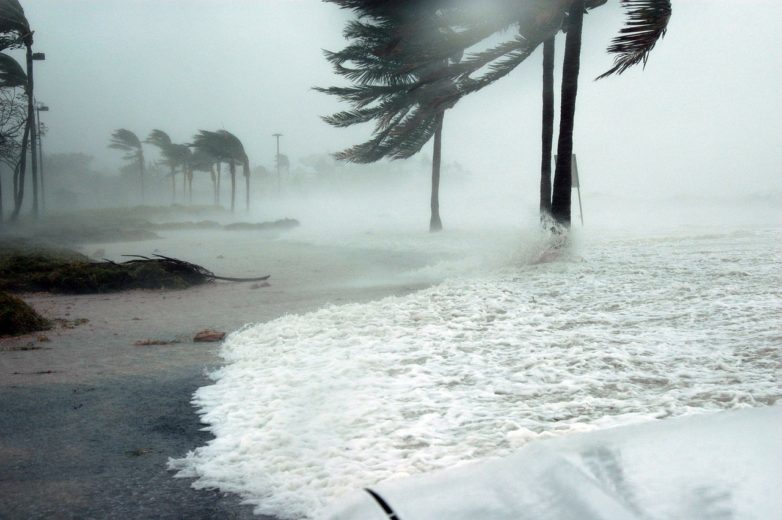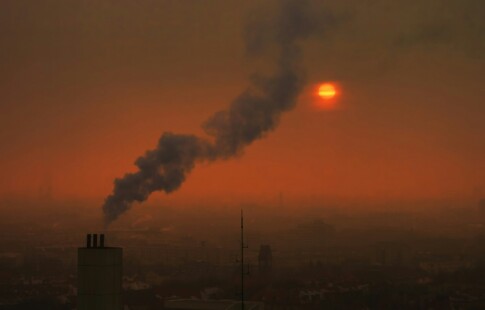
The Causes and Effects of Oceanic Natural Disasters on Our Environment
We are reader-supported. When you buy through links on our site, we may earn affiliate commission.
Natural disasters wreak havoc on the people affected by them. When it comes to oceanic natural disasters, such as tsunamis, there are also substantial implications on the environment. We’ll explore some of them here. Tsunamis are long, high waves typically caused by underwater earthquakes occurring at tectonic plate boundaries. Most happen in areas that have above-average tectonic plate activity.
But, volcanic eruptions and undersea landslides can also trigger tsunamis, as could a meteorite hitting the ocean. Tsunamis reach top speeds of 500 miles per hour. That’s why it’s crucial to use early-warning systems that give people the information they need to seek shelter on higher ground before the disasters hit.
Rising Sea Levels Could Make Tsunamis More Severe
Climate change is understandably a much-discussed topic among the scientific community and everyday individuals alike. Researchers warn that people must work decisively and collaboratively to take action and fight climate change now to avoid catastrophes. Aside from the “Earth burning up” mental image that individuals often have, what are some global warming-related issues that could happen? Some relate to tsunamis.
In 2018, researchers published evidence showing how the rising sea levels caused by climate change could make tsunamis worse. They found that even minor changes in sea level rise could have adverse effects. The scientists focused on tsunamis caused by earthquakes. They concluded that, due to increasing sea levels, tsunami flooding could become more severe and potentially affect areas generally viewed as safe from tsunamis now.
Climate change does not cause natural disasters or vice versa. But, they’re both parts of a destructive feedback loop that makes them able to cause more damage. This effect makes it more difficult for living things to stay protected against future havoc.
Tsunamis Can Destroy Coral Reefs
Scientists know that coral reefs have a buffering effect on coastal towns and can prevent them from sustaining so much damage during a tsunami. But, they’re also aware of the tremendous devastation that can happen to coral reefs after tsunamis occur. The degrading condition of coral reefs around the world worries scientists, environmental activists and planet-aware citizens.
Researchers recently built a computer model to predict the flooding damage caused by tsunami waves in coastal communities. They can tweak certain factors to visualize the effects of a portion of a coral reef getting destroyed or the sea level rising by a certain amount.
This technological advancement does not protect the reefs from destruction, but it helps people plan for probable effects. Coral reefs can rebound after tsunamis, although the process takes years.
Tsunamis and Unexpected Migrations
People residing outside wildfire zones often report that they see animals like deer and bears fleeing the blazes to seek safety. The surviving wildlife ultimately has to relocate temporarily or permanently after fires destroyed their habitats or made it too dangerous to remain in the area.
When this happens, the migrations can have larger effects on the animals that ordinarily live in a location. Once new creatures arrive, all of them may find it more difficult to locate food. Or, some critters may encounter unfamiliar predators that they are not prepared to handle. Researchers also discovered a type of migration happening with tsunamis that you may not expect.
After a tsunami hit Japan, hundreds of marine creatures traveled more than 4,300 miles to the U.S. They floated on natural disaster debris made from materials like cement and plastic. Those substances last much longer than natural things like seaweed, making them suitable for such a long journey. However, this effect of oceanic natural disasters is not a positive one. Introducing new marine life into an area can disrupt the ecosystem and cause extinctions.
Scientists have known for a while that this kind of “rafting” occurs. But, they now have the technology to document it more accurately and see the effects on a bigger scale. One of the difficulties in anticipating the possible damage to the environment is that it can take years for invasive species to get established in an area. Even after that, it may not immediately be clear what problems they cause or the extent of those issues.
Significant and Widespread Damage
People often initially think of the flood-related effects that often accompany tsunamis. Those are often substantial, but the destruction doesn’t end there. Scientists tried to assess the environmental aftermath from a March 2011 earthquake and tsunami that hit Japan. They brought up things like pollution caused by disaster-stricken industrial plants.
The scientists gauged which chemicals the destroyed companies likely stored and how they might affect the planet. The conclusions were that many of the substances could cause long-term damage due to their environmentally persistent qualities. Moreover, the researchers mentioned how the tsunami affected agricultural land and likely caused soil and water contamination from pesticides.
Then, returning to the problem of disaster debris mentioned in the previous section, the researchers spoke of the difficulties in figuring out how to responsibly dispose of tsunami debris. Burning or burying it could seem to get rid of the waste, but chemicals associated with it could cause unintended environmental damage, they said. A different study showed that the amount of marine debris after the tsunami was 10 times higher than baseline levels.
The examples connected those two related events in Japan highlight how it’s sometimes impossible to determine the full environmental damage caused by a tsunami. Even when certain kinds of destruction are immediately evident, others may be concealed and not apparent for months or years later.
The Results of Oceanic Natural Disasters Are Tricky to Predict
Marine experts can make broad predictions about how tsunamis will hurt the environment. Outside of those, though, they often have to primarily focus on repairing damage after the fact. Despite the increase in humans’ scientific knowledge, nature still gives surprises.
Share on
Like what you read? Join other Environment.co readers!
Get the latest updates on our planet by subscribing to the Environment.co newsletter!
About the author

Jane Marsh
Starting from an early age, Jane Marsh loved all animals and became a budding environmentalist. Now, Jane works as the Editor-in-Chief of Environment.co where she covers topics related to climate policy, renewable energy, the food industry, and more.





